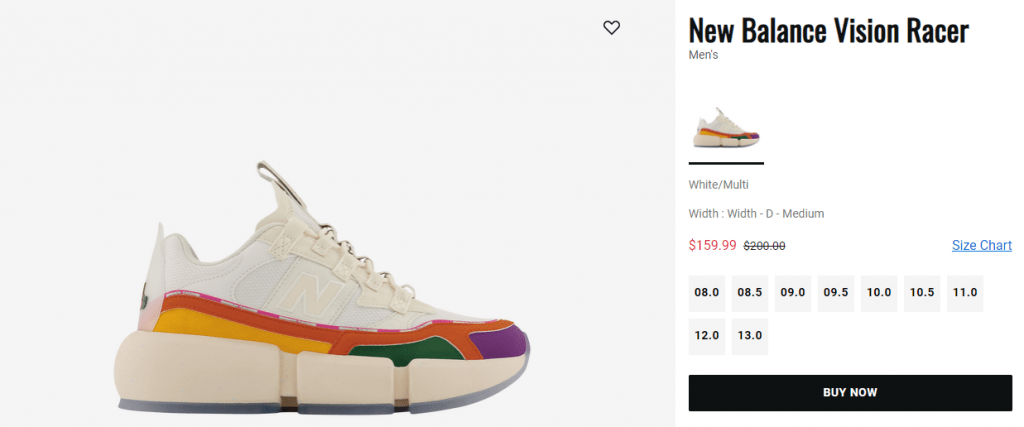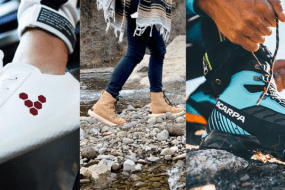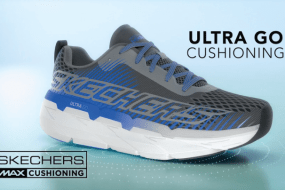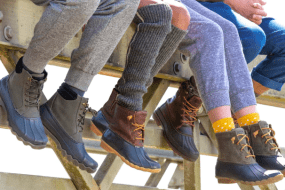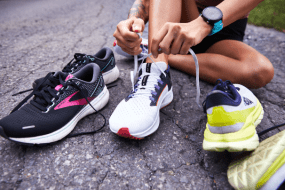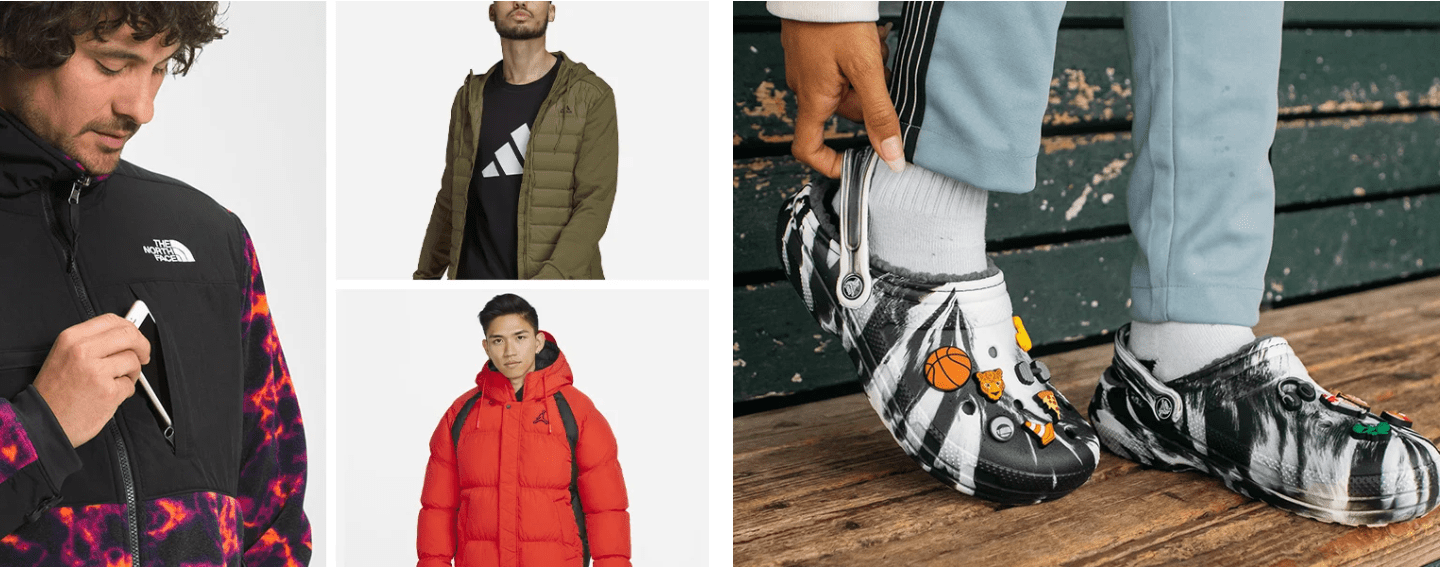
It’s not always about size! It’s not just about size or brand. Choosing the right handling shoe depends on numerous other factors as well. It starts with your foot size and your particular style. Occasionally we are about further than just the shoes. Unfortunately, there are a lot of runners who don’t. Is? We will explain, so you can avoid pangs and pains in the future, as well as run more comfortably, effectively, and enjoy it more!
Your Feet: The Anatomical Basis
Foot shape is an anatomical reality around which you’ll inescapably have to acquaint the choice of handling shoes. It’s important to know about your bottom size and the performing rolling when buying a brace of handling shoes.
Hindfoot The heel bone may curve inwards or outwards, where there may be a pronation or supination, independently.
Midfoot The curve of the midfoot is determined by how important contact your bottom/ shoe makes with the bottom.
Forefoot The bigger the bottom, the wider it is. This has an effect on walking style ( more on that latterly).
Have you ever heard of a flat, flattened or oblique leg? This type of bottom disfigurement can lead to injury when wearing unhappy handling shoes (ankles and knees,etc.). Regular training helps against this, as it strengthens your muscles and improves your performance in general, but it takes time. The time in which you can support your bases with handling shoes that are stable and adequately gentled.
Apropos, ligament injuries are more common in women as a result of advanced attention of the hormone estrogen. As a result, the pressure of the ligaments and tendons decreases, which in turn leads to oscillations in the height of the bottom bends.
The different styles of running
Just like foot shape, running style naturally has a massive impact on choosing a suitable running shoe. There’s usually a distinction between forefoot, midfoot and backfoot running.
Backfoot running
Backfoot running is based on the walking motion and is relatively easy to adopt. This technique is especially good for beginners. However, all runners should be aware of the pitfalls:
Not suitable for fast running, as the foot touches the ground well behind the body’s center of gravity and therefore slows down
High shock load on each stage
High eccentric load on the shin muscles, which can lead to a shin sprain
Strong knee flexion for shock absorption, which can lead to “runner’s knee”
Loss of tension in the Achilles heel and calf, which can lead to Achilles swelling
Midfoot running
Midfoot running can utilize a fully anatomical cushioning system and distribute pressure more evenly. Since the foot hits the floor not far from the center of gravity, the slowing effect is much less than with a backfoot walk. However, in most cases this movement will have to be learned from the new.
Forefoot running
Forefoot running is certainly the fastest, as the foot hits the floor below the center of gravity and it is possible to retract the lower leg (especially over short distances) for an active run. Also, this type of running prevents overextension due to the pretension of the muscles upon landing. Examples of disadvantages are:
Foremost, more pressure on the soles, calf muscles and heel of the heel (similarly increased risk of swelling)
Running on your toes can cause heel sprains
Through combining different running styles you will be able to avoid overuse of one side of your body and therefore reduce the risk of injury. By changing, you will be able to better train different muscle groups. Knowing about different technologies and their risks helps in identifying problems and working on solutions. Running styles combined with inappropriate shoes often lead to pain.
The heel-to-toe drop
One feature of running shoes that can be a problem is the heel-to-toe drop. The heel-to-toe drop is the difference in the thickness of the sole between the forefoot and the heel. The bigger it is, the higher the heel. Asics defines the effects as:


